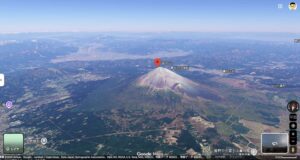Pancake Power: How Magma’s Stickiness Shapes the World’s Volcanoes (DIY Kitchen Eruption!)
I’m Ken Kuwako, Science Trainer. Every day is an experiment.
A Preparation List for Kitchen Volcanologists
To replicate the Earth’s interior in this experiment, you surprisingly only need baking ingredients and common household items.
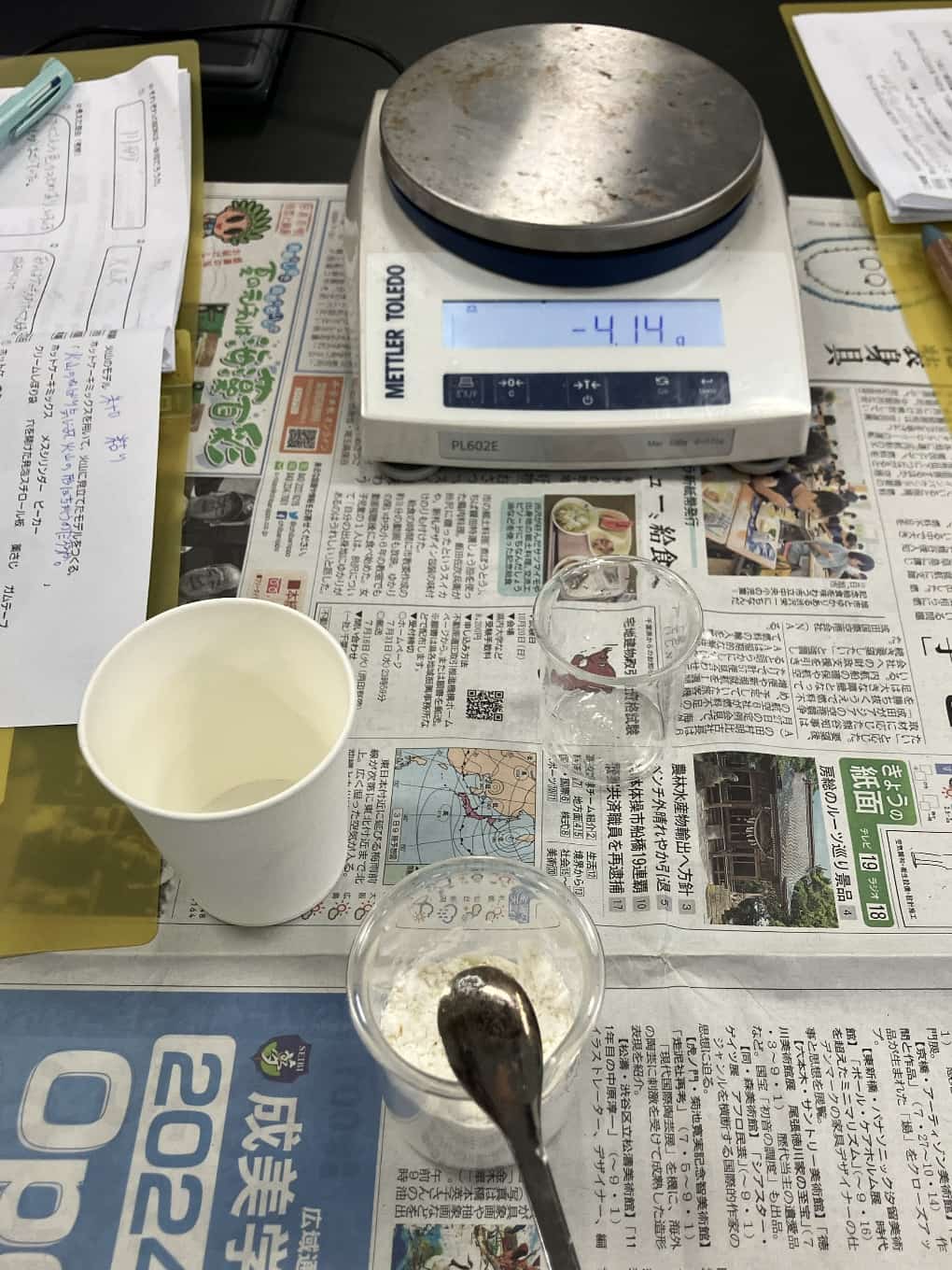
The Main Ingredient (Magma Base): Pancake Mix
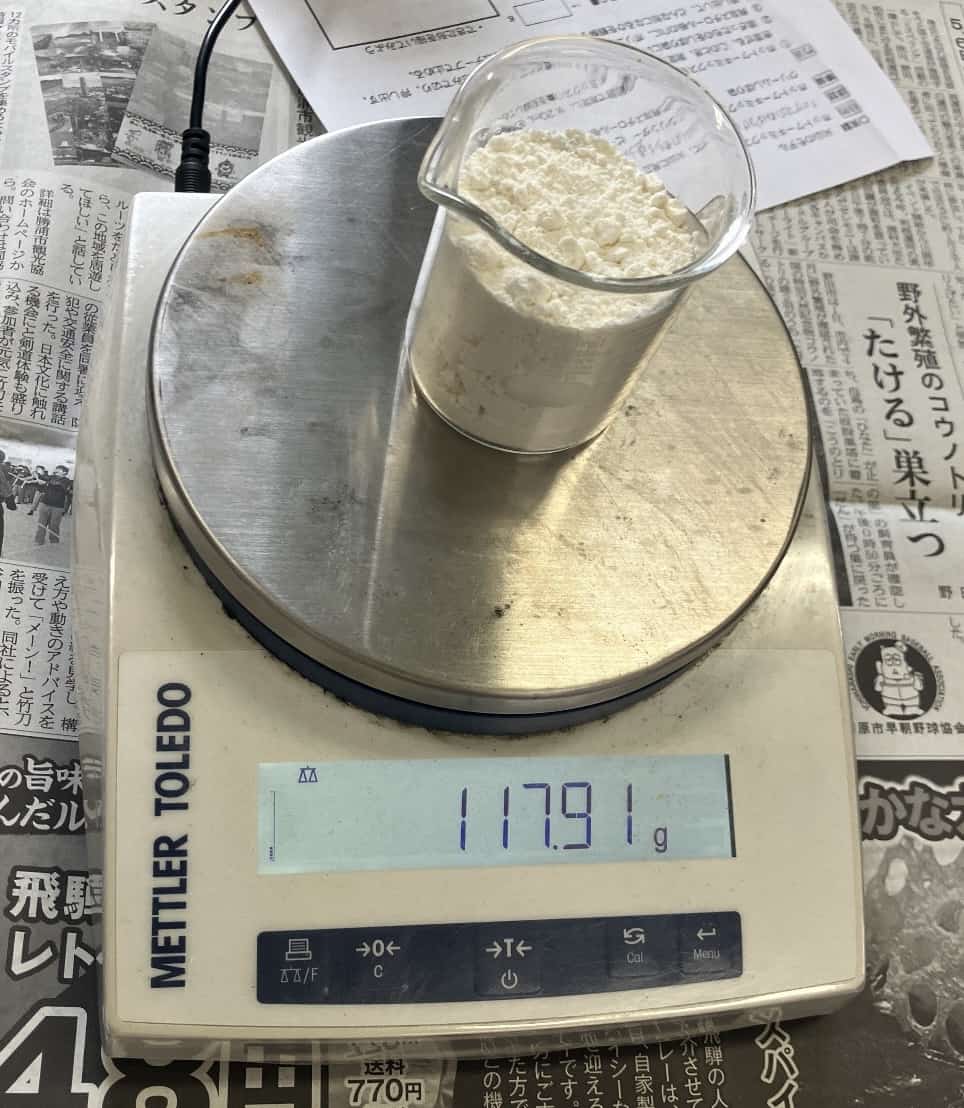
Tools for Mixing Magma: Paper cups (2), Water, Spatula (or spoon)
Tools for Creating the Vent: Plastic bag, Scissors
Volcano’s Surface: Black cardboard
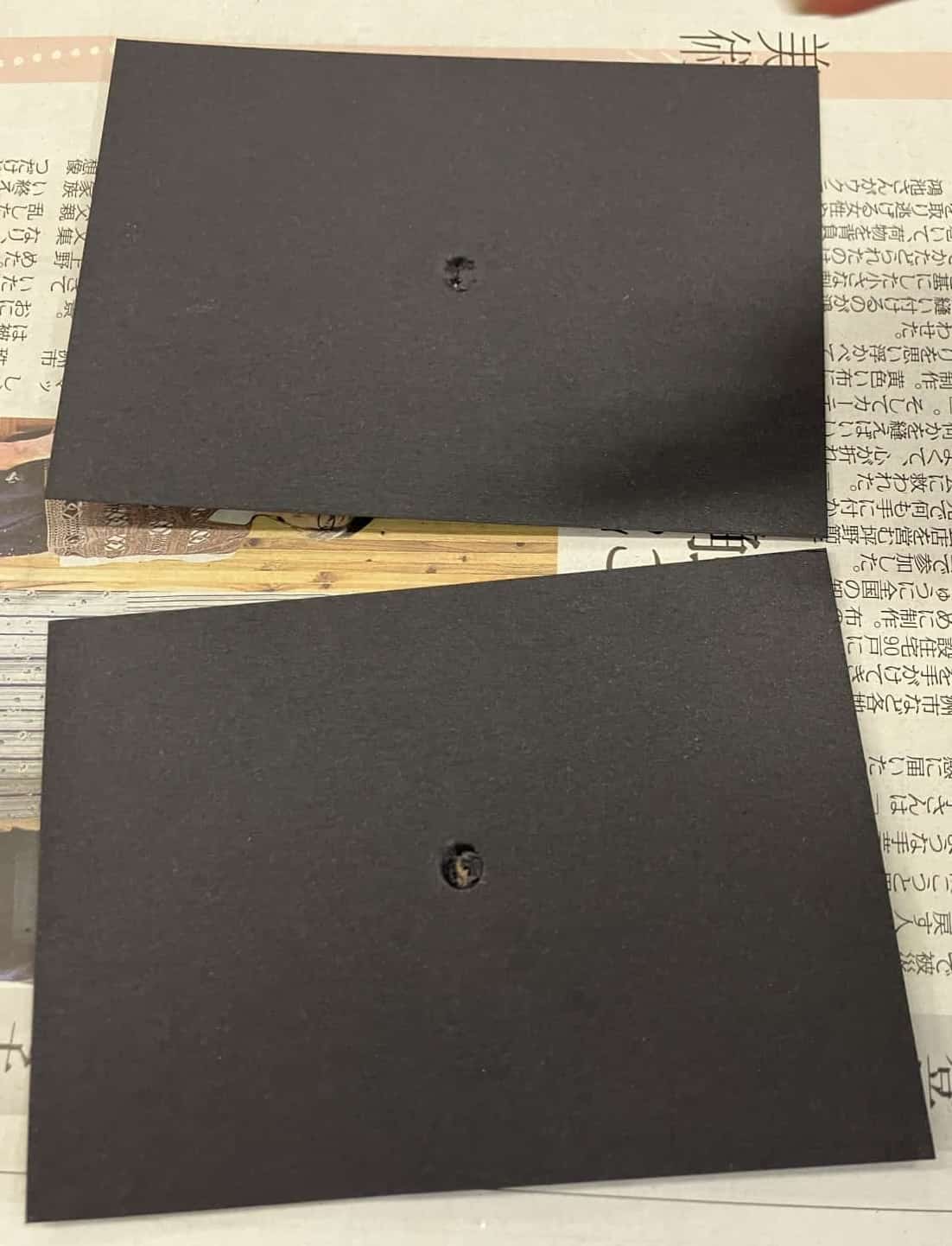
Others: Beaker, Electronic scale (if you want to measure the amounts precisely)
Let the Experiment Begin! Erupting Two Types of Volcanoes
Ready? Let’s quickly make two types of “magma” with different properties and observe how the shape of the volcano changes.
Step 1: Making the Magma
First, let’s make the first type of magma. In a paper cup, put about 15g of pancake mix and add 20mL of water, mixing well. Did you get a magma that’s a bit runny and easy to pour?
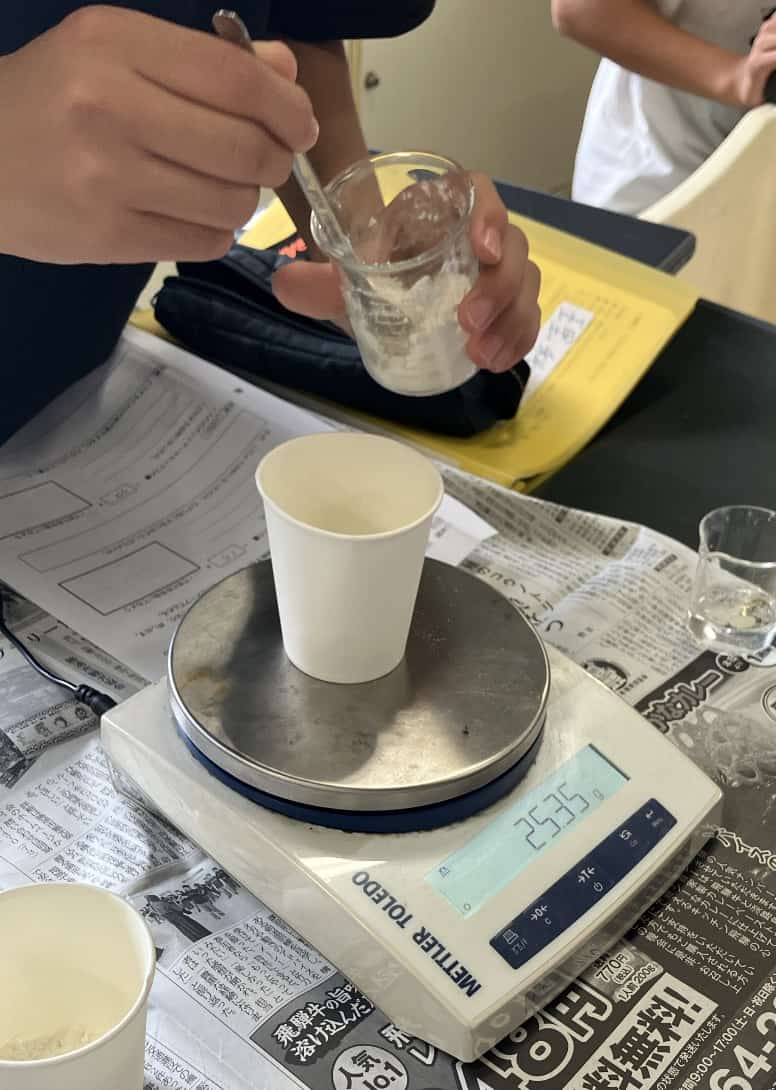
Step 2: Preparing for Eruption
Put the magma you made into a plastic bag, remove as much air as possible, and tie the opening shut. This is your magma chamber. Next, make a small hole in the center of the black cardboard and set the plastic bag so that just the tip protrudes through the hole.
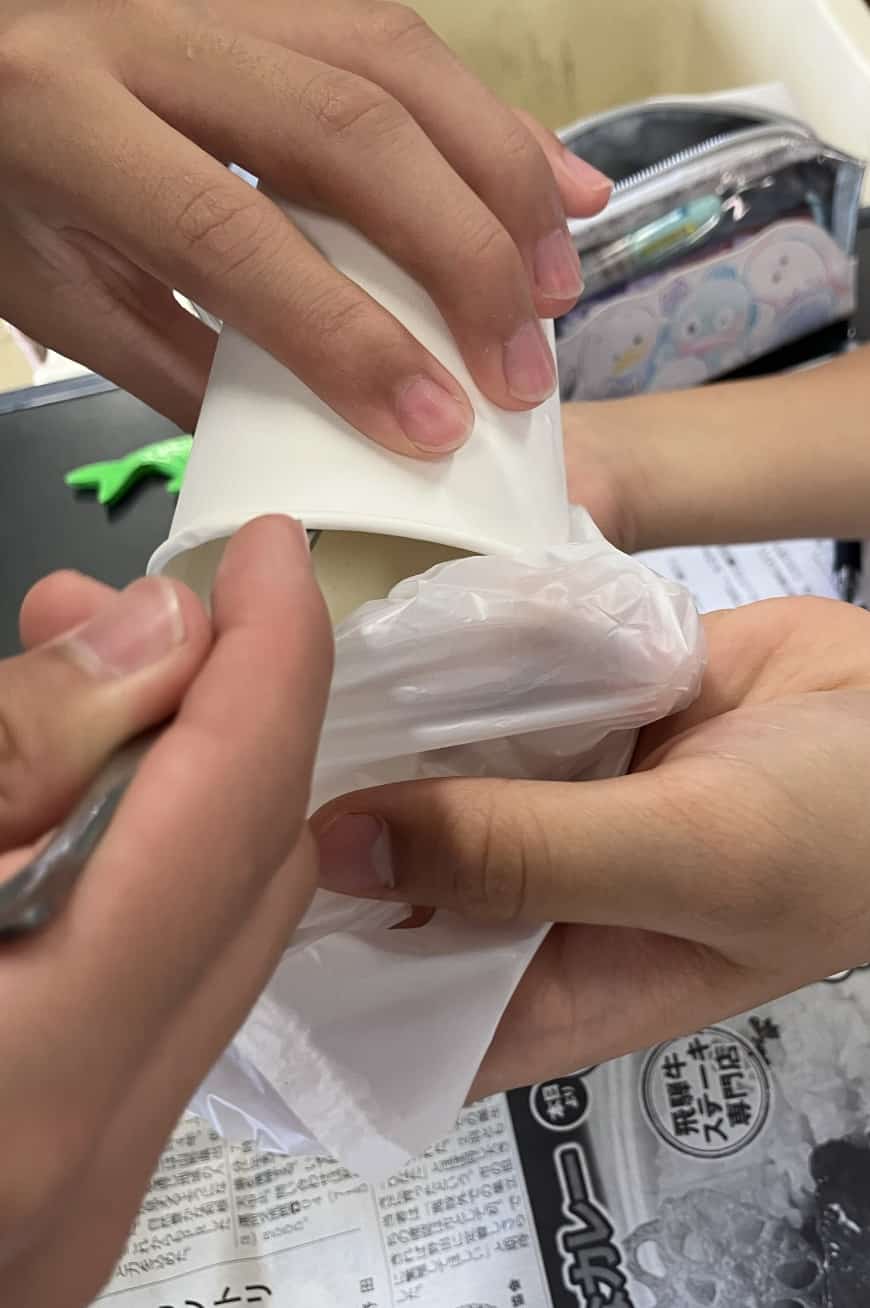
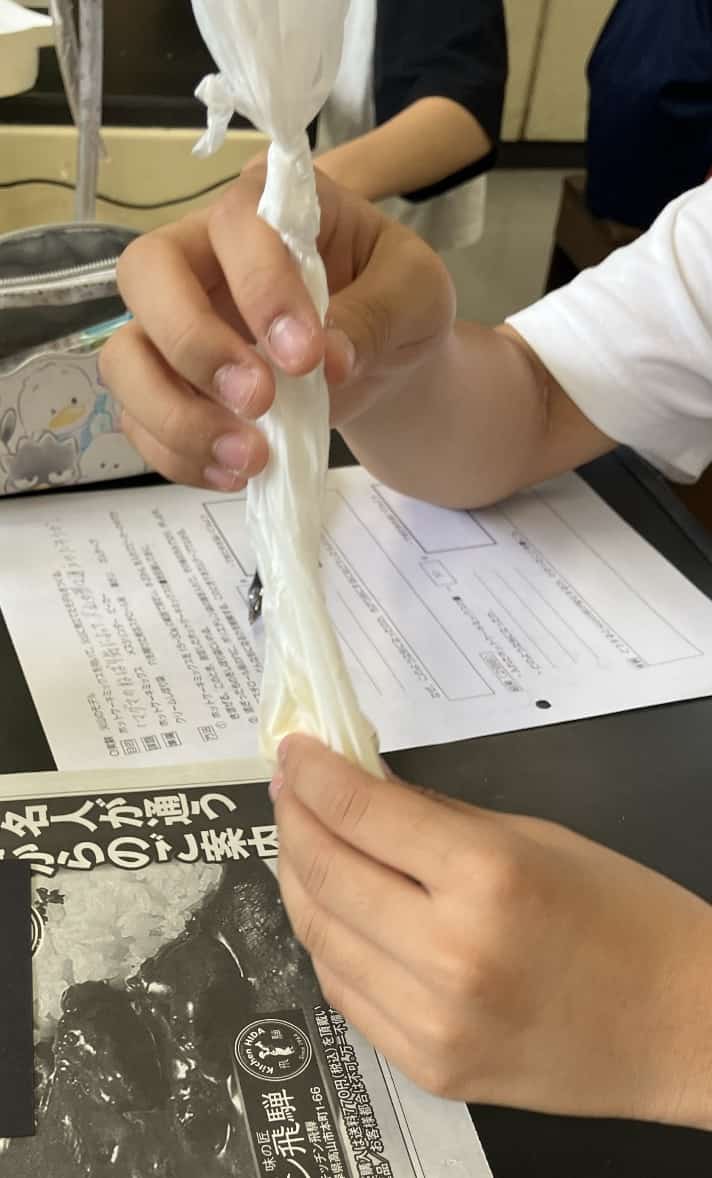
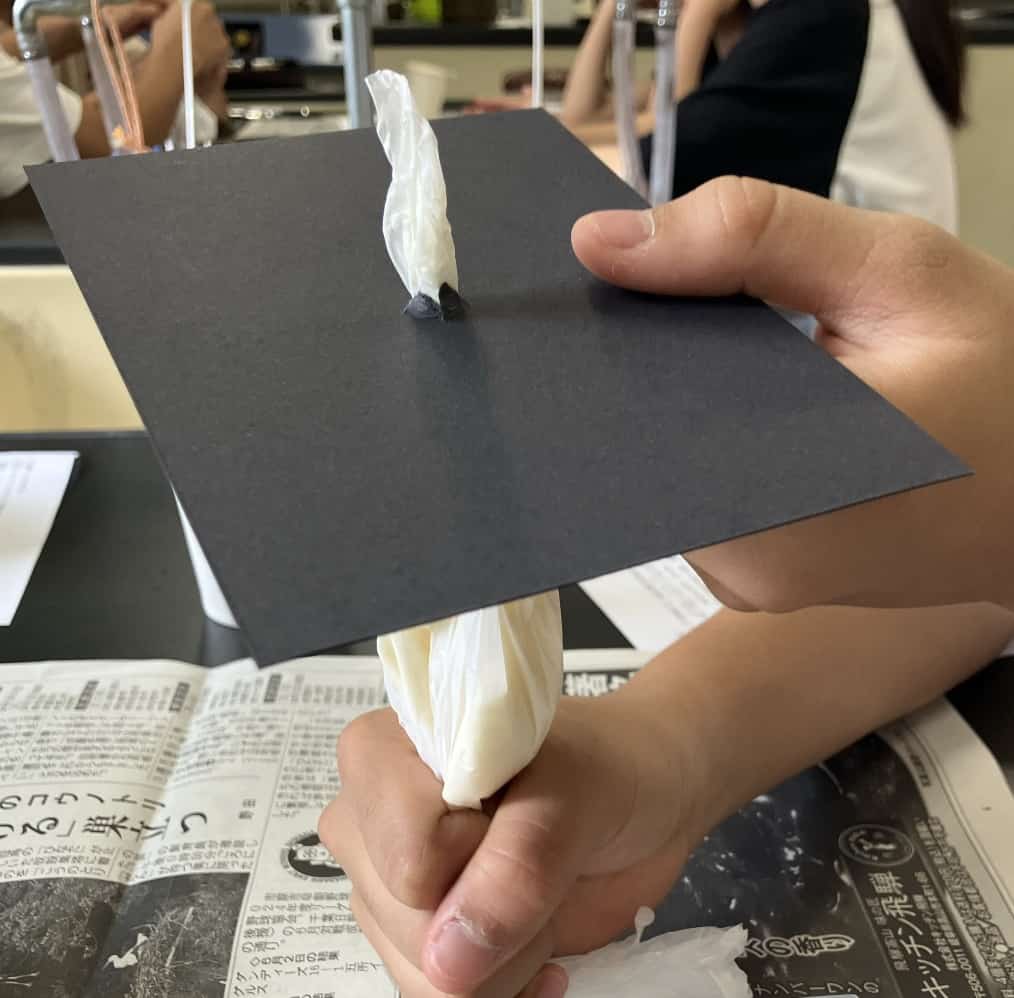
Step 3: Eruption!
It’s time for the eruption! Snip off just the very tip of the plastic bag with scissors, and then gently push the bag to squeeze the magma out. What shape of volcano did the flowing magma create? You should have gotten a volcano with a gentle slope that spread out horizontally.
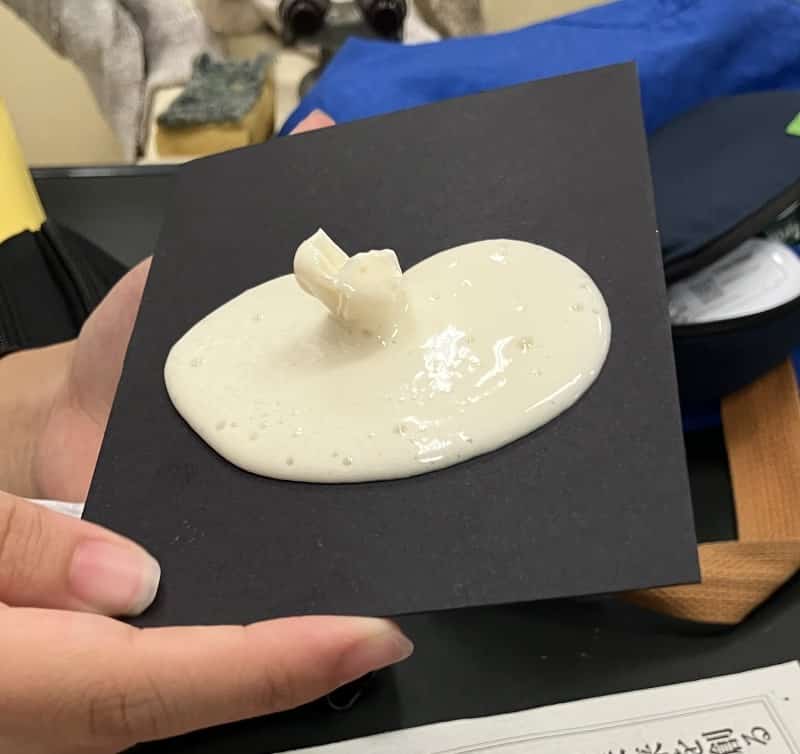
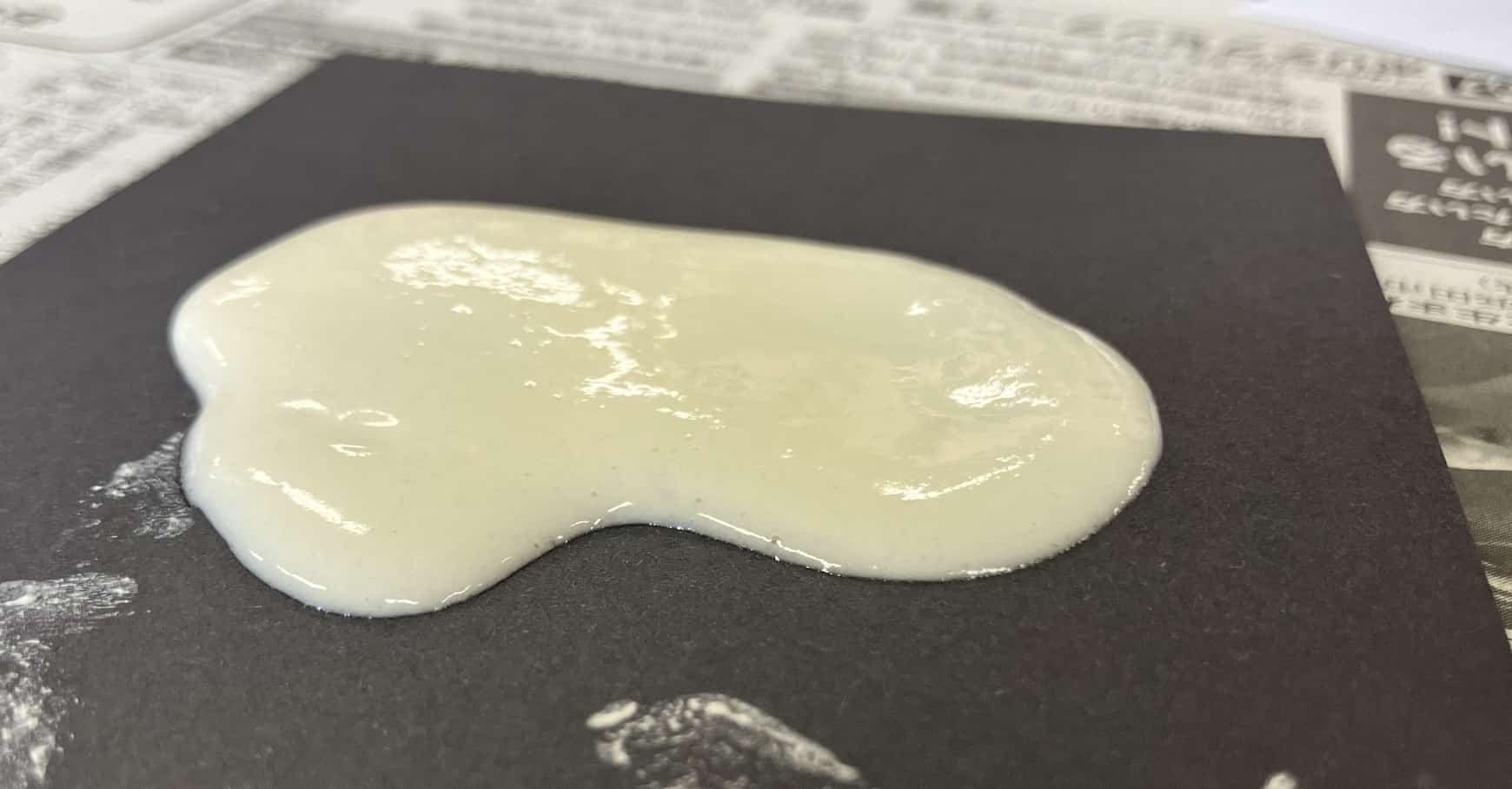
Step 4: A Stickier Magma, One More Time!
After the first experiment, let’s change the properties of the magma. In a new paper cup, this time use 30g of pancake mix—a generous amount—and mix it with the same amount of water (20mL). You should have a thicker, much stickier (more viscous) magma now.
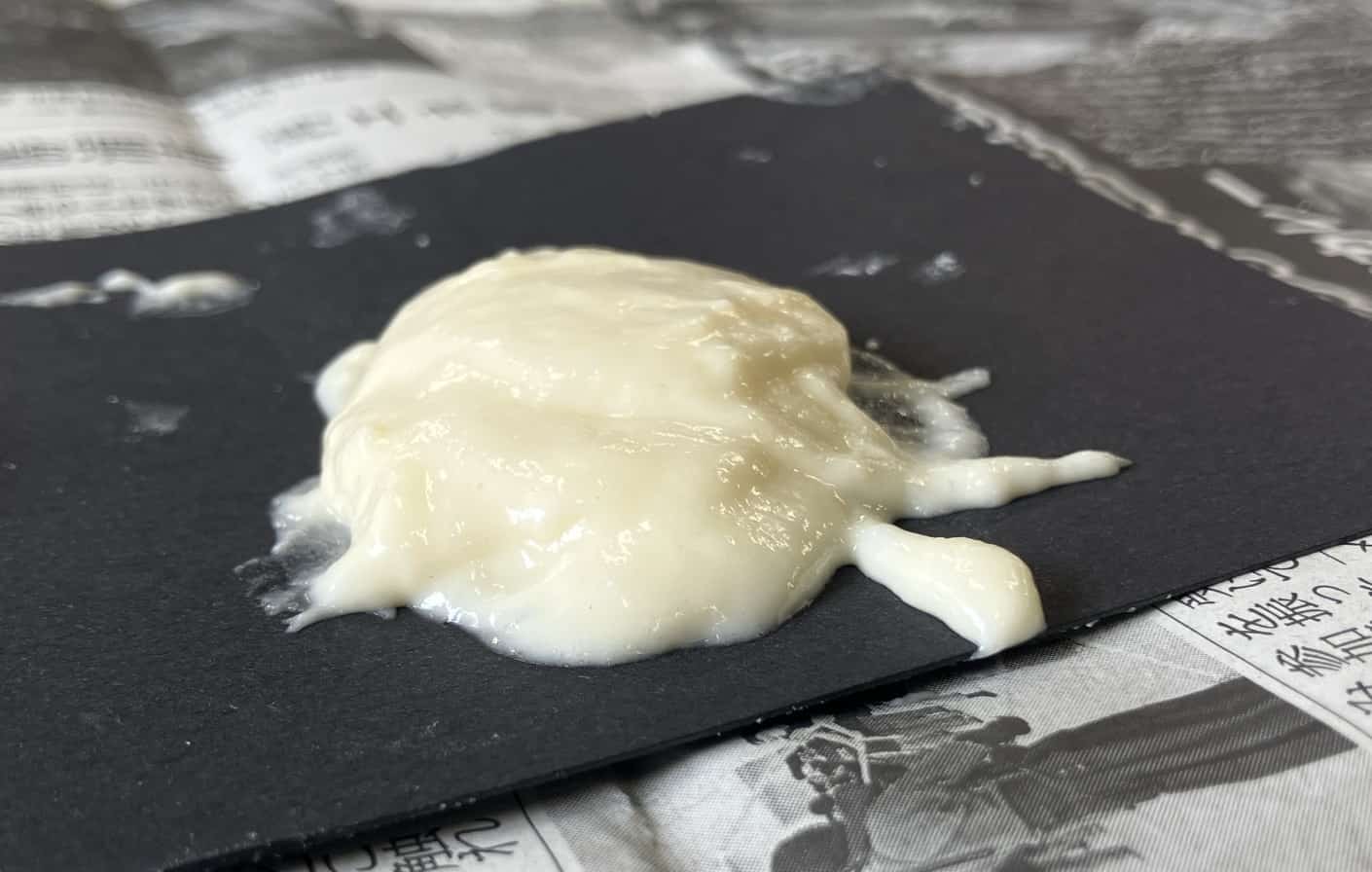
When you make it erupt in the same way… what do you observe? This time, the magma didn’t flow very far. Instead, it likely piled up around the vent, forming a tall, steep-sided volcano, didn’t it?
This Difference Determines the Shape of Real Volcanoes!
The result of this sweet experiment directly corresponds to the differences we see in volcanoes around the world. Real magma also comes in the two types you created: “runny magma” and “thick (sticky) magma.” This difference is mainly determined by the amount of silicon dioxide (SiO₂), a component found in glass, present in the magma.
Runny Magma (Less mix in the experiment)
This magma is low in silicon dioxide and flows easily. Gases can escape easily, so it’s less likely to cause explosive eruptions, and the lava quietly spreads over a wide area. The result is a volcano like Kilauea in Hawaii, with a gentle slope, resembling an upturned shield: a Shield Volcano.
Thick Magma (More mix in the experiment)
This magma is high in silicon dioxide and is very sticky (viscous). The gases inside have a hard time escaping, and when the pressure becomes too great, it can result in a massive explosion. Because of its high viscosity, the lava doesn’t flow far but piles up near the vent, creating the steep-sided Stratovolcanoes (like Mount Fuji and Mount Unzen-Fugen) or Lava Domes.
Just by changing the amount of pancake mix slightly, the shape of your volcano changed dramatically. This simple experiment teaches us about the dynamic mechanisms that create the majestic landscapes of our Earth. The next time you see a volcano in the news or a textbook, you can use its shape to imagine, “That must have been thick, gooey magma!”
Contact and Requests
Bring the wonder and excitement of science closer to you! We’ve compiled easy-to-understand fun science experiments you can do at home and their helpful tips. Feel free to search around!
・The content of our Science Idea Book is now available as a book. Find out more here
・About the operator, Ken Kuwako: click here
・For various requests (writing, lectures, experiment classes, TV supervision/appearances, etc.): click here
・Article updates are distributed on X!
![]() Experiment videos are available on the Science Neta Channel!
Experiment videos are available on the Science Neta Channel!


